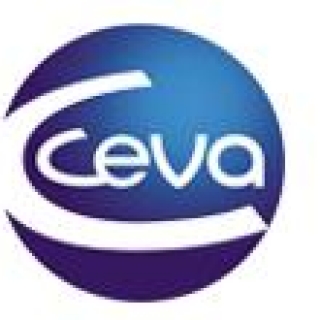Through Resolution 810/2025, published in the Official Gazette, SENASA updated the sanitary classification of premises, dividing them into two categories: premises free from Aujeszky's disease and premises under surveillance.
Among the main adjustments to the Plan, production units with more than 100 animals in the sow and boar category must conduct corresponding diagnostics every four months to certify their disease-free status, as was already the case for genetic facilities.

This adjustment reduces the certification deadlines of the previous regulations and brings the country into line with the recommendations of the World Organization for Animal Health (WOAH), facilitating health negotiations for the export of pork products.
Farms with 99 animals or fewer must carry out a serological test every six months to certify that they are premises under surveillance. This test will be mandatory to authorize movements out of the premises.
The new resolution incorporates the concept of Pig Finishing Facility with Aujeszky Protection (IPPA), which may receive pigs of any category and health status, provided they are vaccinated within 14 days of arrival.
The measure seeks to prevent the spread of the virus and limits these animals' destination to slaughter or another IPPA establishment. It should be noted that animals from an infected establishment are excluded from entry into an IPPA.
With regard to disease management, upon detection of an outbreak, the premises will be restricted from all movement until the owner submits a mandatory sanitation plan to SENASA within 30 calendar days of confirmation of the event. Upon submission of the plan, the property may resume movements to slaughter, while shipments to other destinations may resume once sanitation has been completed.
It is important to note that premises without sanitary classification will have all animal movements restricted, including those destined for slaughter.
The resolution provides for the use of disease control and prevention tools, such as gE-negative vaccines, which are essential for distinguishing naturally infected animals from vaccinated ones. Both vaccination and serological sampling must be carried out by a veterinarian accredited in swine health and welfare.
October 24, 2025/ SENASA/ Argentina.
www.argentina.gob.ar




